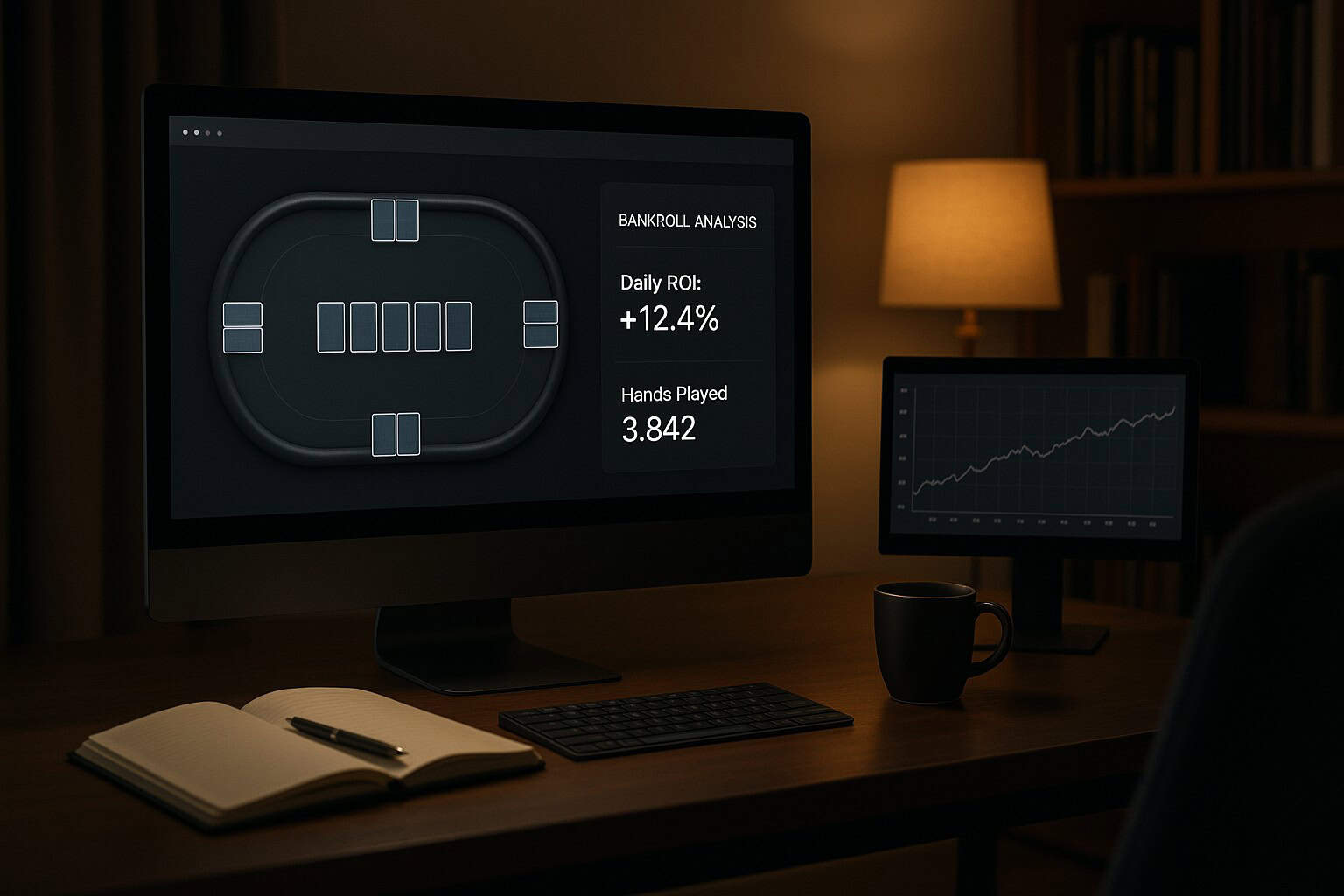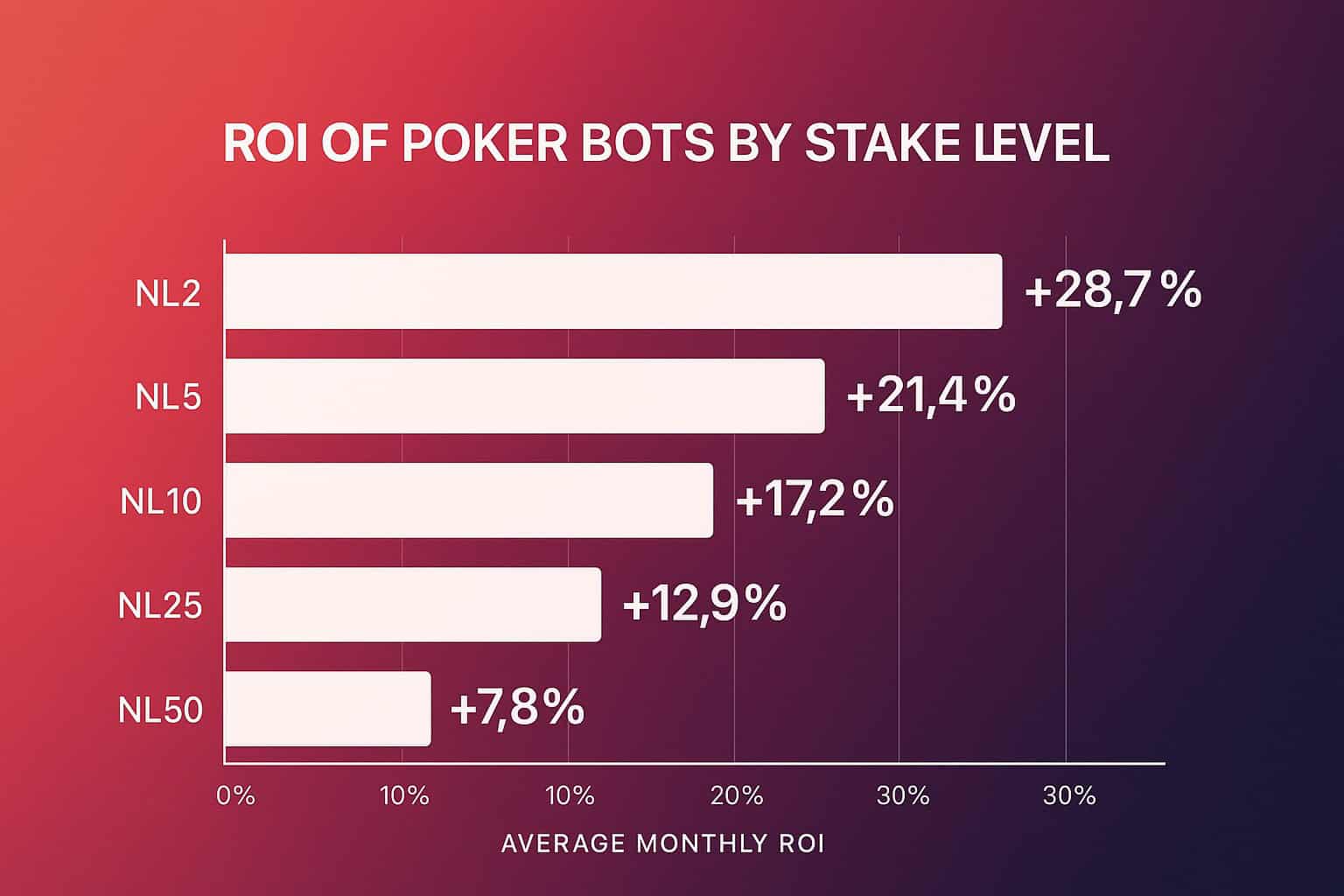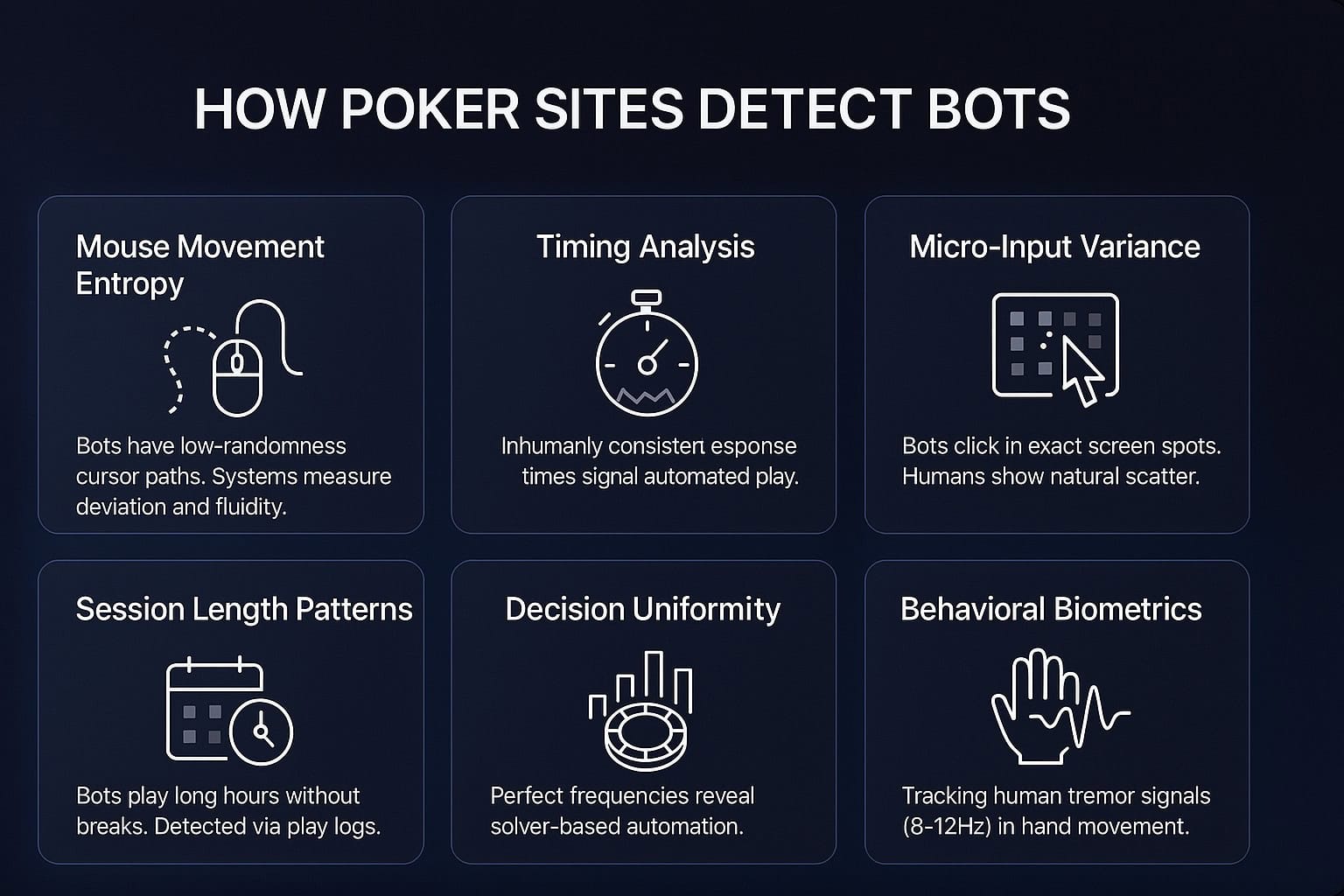
Poker AI Bots and the Bankroll Boom
Remember grinding micro-stakes until your fingers bled and your soul questioned its life choices?
Not anymore.
In 2025, poker bots are flipping the script. With real-time equity calculation, opponent modeling, and GTO precision, modern bots don’t just play – they scale. Fast. This is how poker bots bankroll growth becomes a reality for thousands of players.
But can you really trust a piece of code with your bankroll? And what happens when the AI behind the scenes starts outperforming you… and your entire player pool?
Let’s take a sober, sharp look.
From Early Poker Bots to Bankroll Growth Machines
Once upon a time, poker bots were crude. They folded top pair, missed value, and couldn’t even bluff a nit off second pair.
Now? Bots like Pluribus, Libratus, and their commercial offspring can:
- Play millions of hands per day
- Achieve near-GTO in complex multiplayer games
- Bluff with surgical precision
- Exploit recreational players in real time
- Run with minimal overhead from a mid-tier desktop
It’s not theory anymore. Case studies from 2024 show bots generating consistent 15–30% ROI per month at micro-stakes, and even mid-stakes grinders can’t compete with their consistency.
How Poker Bots Build Bankrolls in 2025: Not Just Volume
Bankroll growth in poker is about two things: minimizing loss during variance and maximizing EV in edge spots. Bots nail both.
Here’s how:
- Algorithmic consistency
No tilt. No second-guessing. No ego.
Bots don’t chase losses or snap-call out of spite. They execute based on long-term profitability, not emotion. That alone makes them better than half the pool.
- GTO base + exploitative layer
The smartest bots run a hybrid strategy: GTO as a baseline, and deviation when fishy behavior is detected. Bluff more when they fold too much. Value-bet thinner when they call light. Adjust 3-bet frequency when someone fears aggression. - Precision bankroll management
Bots follow strict BRM protocols. Some use Kelly Criterion. Others adjust stake levels based on standard deviation tracking. No YOLO shots at NL200 after a heater. Just structured growth. - Stake progression and table selection
They know when to move up. And more importantly – when to move down. They also hunt value tables, identify high-VPIP players, and leave the moment the edge evaporates.
Case study: the £1 to £220 bot climb
In a now-famous experiment published by VICE, a bot grew a $1 deposit to $220 on Bet365 – playing micro-stakes and applying slow, calculated scaling over hundreds of hours.
The catch? The account got banned after the fact.
Still, the logic was airtight:
- Start at NL2
- Maintain 50+ buy-ins
- Reinvest profits into higher stakes
- Avoid risks above 2% bankroll per hand
- Mimic human timings and actions to avoid detection
It’s a classic demonstration of poker bots bankroll growth, even if the account didn’t survive long-term.
That bot wasn’t even cutting-edge. Imagine what a neural network-backed bot with opponent modeling could do with the same parameters.

Poker Bots Bankroll Growth vs. Risks
Let’s pause for a second. Yes, bots print – if they’re smart. But here’s what they’re up against:
- Terms of Service violations (you’ll be banned if caught)
- Bot detection systems using mouse movement entropy, keystroke patterns, and behavioral biometrics
- Legal gray zones: In the US, bot use can result in civil penalties under “game degradation” laws
- Risk of fund confiscation: Sites like PokerStars and GGPoker routinely zero out suspicious accounts
- Psychological backlash: Even legit human players now play “bot-like” to survive. The meta has changed
Wait… do bots help fish?
Ironically, yes.
A post-bot-purge report from GGPoker showed that recreational win rates increased by 12%. Why? Bots had been farming the soft spots more efficiently than even the top regs. Once they were gone, human predators were easier to read and beat.
Another twist? Bots don’t chat. They don’t needle. They don’t tilt people into oblivion. If anything, they create quieter, cleaner environments – until they destroy the economy.
The Underground Poker Bot Economy and Bankroll Growth
Running a profitable bot farm in 2025 is less James Bond, more Amazon FBA:
- $800–$2,000 for the bot
- $1,500+ for a solid rig
- $500–$2,000 for starting bankroll
- VPNs, VPS hosting, and account farms = optional but common
- Profits? 5–25% monthly ROI is realistic if you fly under the radar. Such ROI figures fuel the narrative of consistent poker bots bankroll growth.
The war stories are everywhere. A 1,200-bot network on WPN took home $10M before getting nuked. A mid-stakes grinder in Eastern Europe turned a $5K bot bankroll into six figures in under a year.
But for every bot that wins, three get banned. It’s an arms race. Every edge has a timer.
Legit uses of bots (yes, there are some)
Not all bots are shady.
Many players now use solver-assisted tools like GTO Wizard, PioSOLVER, or PokerSnowie. These aren’t bots in the traditional sense – they’re training tools. But the lines are blurry.
Some platforms allow bot-friendly tables or practice environments. Others host AI-only tournaments.
In fact, human-bot hybrid coaching models are rising fast. You study with a solver, review with a coach, then drill ranges vs. AI simulations.
That’s not cheating. That’s optimizing.
What about detection?

Here’s what bot hunters look for:
- Consistent reaction times
- Perfect frequencies (nobody hits 33% C-bet on the dot every time)
- Mouse paths that follow straight lines
- No chat, no breaks, no “oops” plays
- Identical play across dozens of tables simultaneously
And here’s what smart bots now do:
- Introduce random timing and controlled mistakes
- Use mouse movement models trained on human input
- Rotate accounts and IPs
- Limit table count to avoid scrutiny
- Play on offshore or unregulated sites
But detection is catching up fast. Deep-learning models can now flag “inhuman smoothness” with scary accuracy. Some sites even run honeypot tables to bait bots with fake leaks.
Is it worth it?
If you’re a coder with a passion for poker and a tolerance for cat-and-mouse games, sure – building bots can be lucrative.
If you’re an average player looking to build your bankroll legitimately – focus on bot-inspired strategy, not automation.
- Study GTO.
- Use AI as a trainer, not a crutch.
- Analyze hands with solvers.
- Learn table selection, BRM, and exploitative lines.
You can borrow the bot’s brain without becoming one.
Final thought: evolve or die

The truth is brutal.
You’re already competing against bots. Whether you like it or not. Whether you see them or not.
Some are legal, shady and better than you.
But here’s the upside: if you study like a bot, train like a machine, and think like a shark – you can grow your bankroll faster than ever.
Just remember: poker is still a game of people. But understanding how poker bots bankroll growth works can help players adapt and compete smarter.
And no bot – not even one coded in a basement with a 1.5TB Pluribus clone – can bluff your soul.
Yet.
